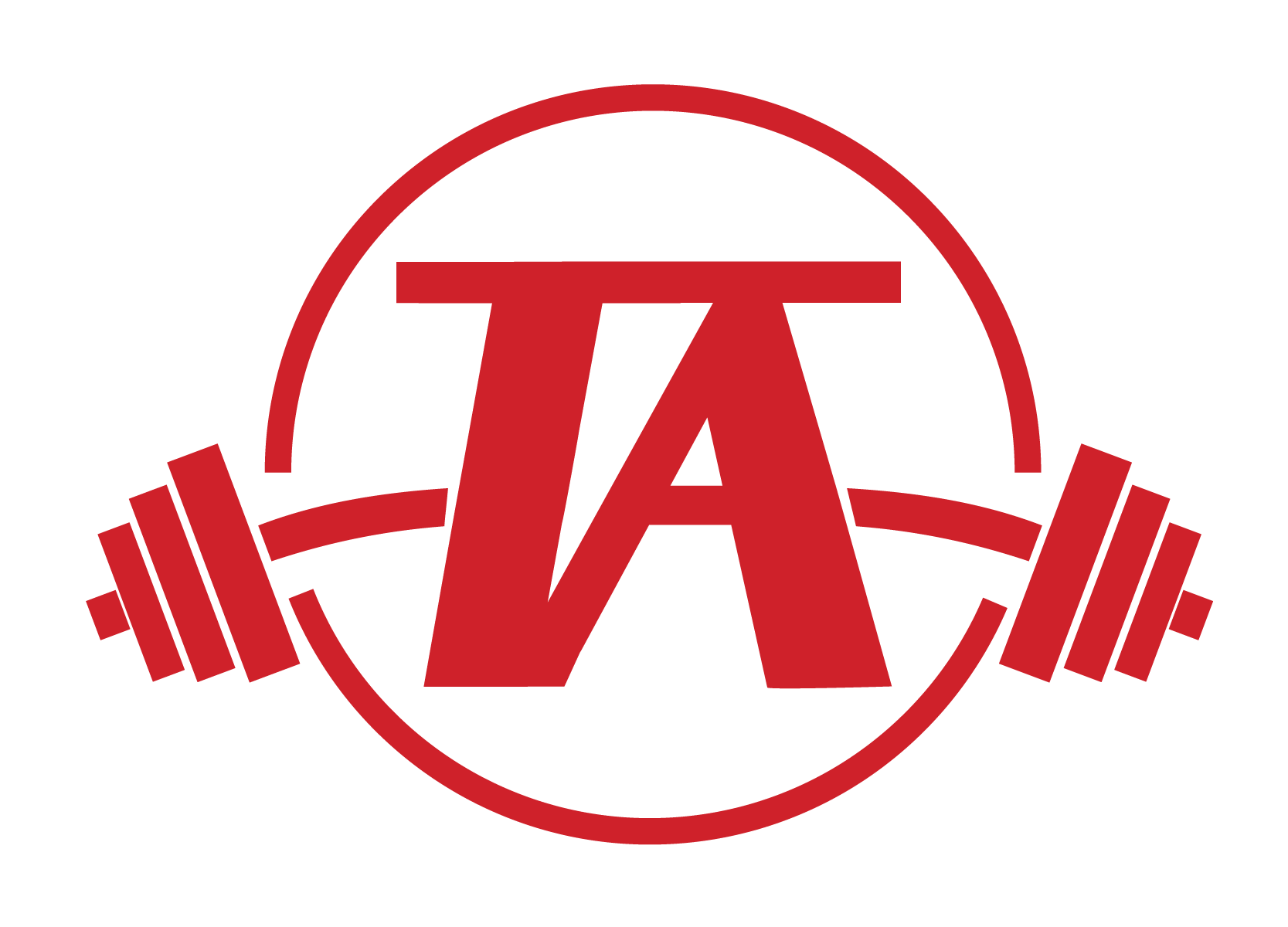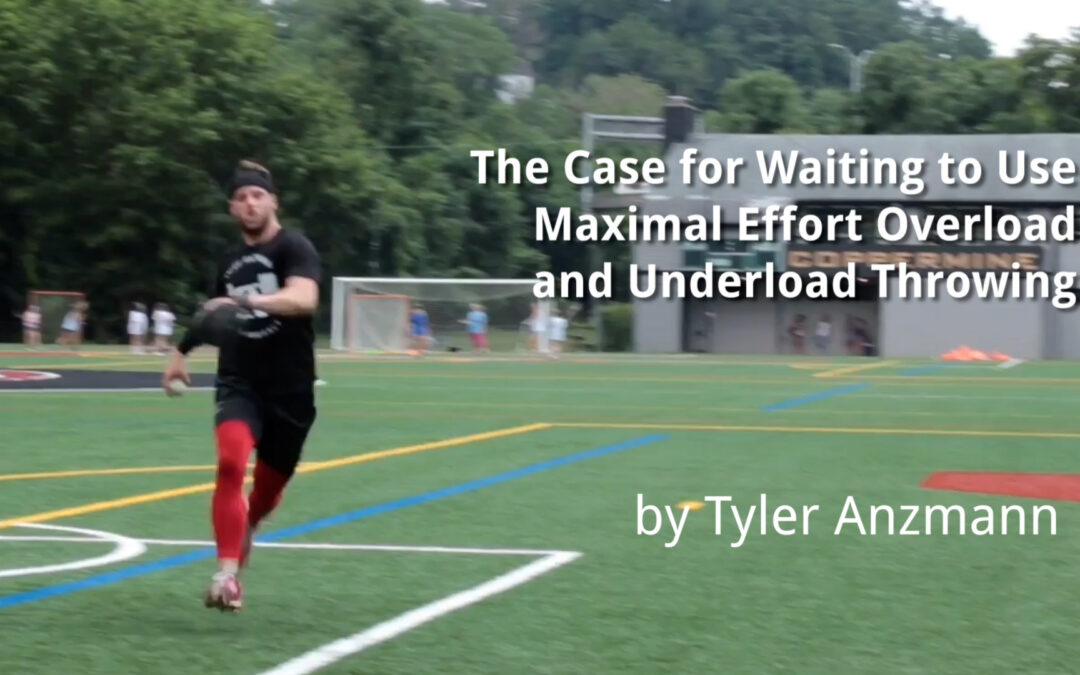You’re training a 15-year-old pitcher and you’ve been using a high intensity throwing program with overload and underload balls and he’s gained 5 mph in just a few months. Great, right? But, was that necessary and where are you going from here?
At this point, it’s basically inarguable that overload and underload implements work to help athletes increase throwing velocity. Derenne’s group and many others have done extensive research in this area to show that these implements increase velocity when used as part of a throwing program (Derenne et al., 1994). The question then becomes less if one should use these implements but when, how, and with which athletes.
While these methods have been shown to work, the question becomes whether or not they’re appropriate for the level of development of the athlete you’re working with. Relatively untrained athletes are sensitive to all stimuli so it is likely that you can get comparable results with both less intensity and relative risk. This is important to consider as using a potent stimulus before it’s necessary robs the athlete twice. In the short term, they are not well-trained enough to maximize the benefit. In the long-term, they will be desensitized to that stimulus when they are well-trained enough to benefit from it. If goblet squats are improving vertical jump height, there’s no need to add depth jumps.
Overload and Underload Implements
An in-depth review of all of the specifics on overload and underload implements is beyond the scope of this article, but here is a quick overview. While both overload and underload implements have been shown to improve throwing velocity, they each have different effects on throwing patterns and adaptations. Overload may involve less stress on the passive restraints of the arm, such as the UCL, as the movement happens slower which allows more time for cross bridges to form, increasing muscle force. Overload implements also likely have a greater impact for force deficient throwing athletes. These athletes perform significantly better (more than 4mph higher per oz) with underload balls than overload.
This allows a greater opportunity for improvement in their force production capabilities and overload balls provide this stimulus. Additionally, overload implements can lead to some different patterning outcomes than underload balls. For example, overload balls give more immediate feedback due to their higher weight and may allow an athlete to get a better “feel” for what they’re working on. They also tend to increase pronation at ball release which can be helpful for athletes with a more extended or supinated deceleration pattern, potentially reducing stress on the passive restraints such as the UCL, due to greater muscle activation of the flexor pronator mass.
Underload implements, on the other hand, tend to be more stressful on the passive restraints due to the higher movement velocities present. They likely present a greater area of opportunity for velocity deficient throwers (less than 3mph higher with a lighter ball) as their arm speed is too low, but their force is relatively higher. Early pronators may also use these implements to hold supination, or a neutral position, a bit longer heading into ball release.
When Should They Be Used?
Young, relatively untrained athletes, whether they present with significant mechanical deficiencies or not, are likely to see performance improvements with low intensity methods. This means standard weight baseballs, moderate overall intensity of the throwing program, and coaching an increase in intent when appropriate. This doesn’t mean the entire program should be performed at a 5 out of 10 RPE, but using two days per week overload and underload run and guns is likely inappropriate.
The goal of any training program is to maximize results with minimal training. If you can do less and achieve the same results why wouldn’t you? The less you can do, the more you maximize recovery, training quality, and the better you set up an athlete for long-term development. An athlete who uses high intensity methods before they are necessary desensitizes their nervous system and it becomes difficult to raise the intensity level down the road when they are ready.
The way I approach this is when I begin training a new athlete I start with a relatively low training load, track the results, and add volume or intensity as it’s needed. Practically, here’s what it looks like: (This is only going to focus on the throwing portion of the program).
The athlete is assessed for mobility, movement, strength, and power followed by a mechanical analysis. Once the big rocks, in terms of opportunity, are identified we design a program and begin our training.
A few drills designed to present a new feel and address biomechanical inefficiencies are identified and performed at the beginning of each session. These may be performed with an overload implement, but at submaximal intensity, just to present more acute feedback to the athlete. Then the main work for the day will begin, whether that involves long toss, blending, or some other modality. Once the athlete has built a sufficiently high chronic throwing load (i.e. throwing fitness), high intensity throwing may be included 1x/week. This will involve 1-2 drills specific to the athlete that can be performed at maximal intensity with a high level of comfort and intensity. Results are tracked as we go. If the trend line (may not rise every week) shows velocity is rising, standard weight baseballs will continue to be used. If three consecutive weeks show no positive change, measures of fatigue will be evaluated more closely (though they are being tracked as we go), and either a deload or more intense means may be used depending on the findings. This could include overload and underload implements or simply a change in the drill selection. I have found that this gives my athletes the greatest chance to reach their long-term peak potential. Rather than chasing short-term velocity gains to post on Instagram, this process should be viewed as a long-term journey and experiment where the coach and athlete work together to improve the program as they go. In order to successfully determine what’s working and what is not, results must be tracked and a minimal number of variables should be changed. If the program is constantly changing completely, it’s extremely difficult to determine what went right or wrong.
Conclusion
If you could use less intensity, potentially take less risk, and achieve greater long-term results, why wouldn’t you? Building velocity takes several years of well-planned training. Save the high intensity methods until you’re ready/they’re necessary. If you need help figuring out if you’re ready for high intensity overload/underload throwing, contact me.
For more information about remote and in-person training check out this page!

